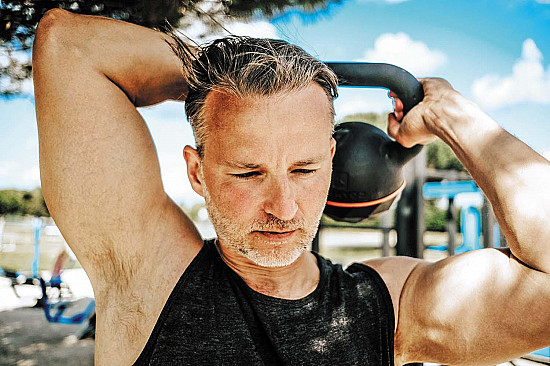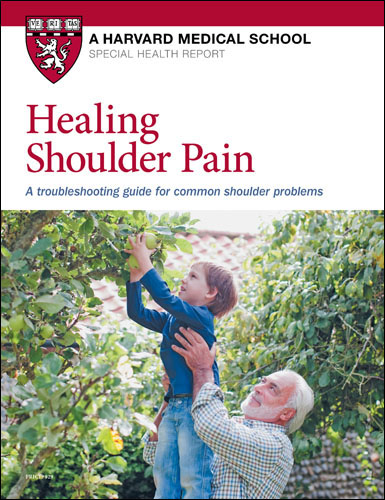How to thaw a frozen shoulder

Frozen shoulder, or adhesive capsulitis, occurs when inflammation and scar tissue invade the shoulder joint. In some cases, frozen shoulder starts with inflammation of the joint and leads to scarring. In other cases, the scarring occurs with little inflammation.
Symptoms of a frozen shoulder include:
- stiffness that worsens at first, but gradually begins to improve over time
- dull, aching pain that increases as the disease progresses, and may worsen when you move your arm.
Although the exact cause of frozen shoulder isn't clear, it is more common in people with conditions like diabetes, Parkinson's disease, and thyroid disease. Frozen shoulder can also develop after the shoulder has been immobilized for a long period of time — for example, following an injury, a stroke, or surgery. It is more common in women than men, and affects between 2% and 5% of people.
Frozen shoulder typically progresses through three stages. The duration of each stage varies from person to person.
Stage 1: Freezing. The shoulder becomes inflamed and the shoulder capsule progressively shrinks, leading to increasing pain and stiffness. This stage can last from two to nine months.
Stage 2: Frozen. The shoulder remains stiff, limiting range of motion. However, the pain begins to recede. This stage lasts from four to six months.
Stage 3: Thaw. The stiffness improves, and more motion is gradually gained in the shoulder. Most of the time the condition gets better on its own, yet it can take between six months and two years to fully regain movement and function in the affected shoulder.
Treatment goals for frozen shoulder are straightforward: improve range of motion and reduce pain. Doctors often recommend a corticosteroid injection into the shoulder.
While physical therapy is usually recommended, results of studies looking at long-term outcome have been mixed. The right balance of physical therapy is crucial. Too much stretching can worsen the condition, while too little will allow it to continue. Often, physical therapists will start with stretches that are very gentle and brief (one to five seconds), and then slowly progress to muscle strengthening and mobility exercises as the shoulder condition improves. The therapist also can provide specific instruction on how to safely stretch at home.
For more information on relieving shoulder pain, check out Healing Shoulder Pain, a Special Health Report from Harvard Medical School.
Image: © Anut21ng/Getty Images
Disclaimer:
As a service to our readers, Harvard Health Publishing provides access to our library of archived content. Please note the date of last review or update on all articles.
No content on this site, regardless of date, should ever be used as a substitute for direct medical advice from your doctor or other qualified clinician.
















